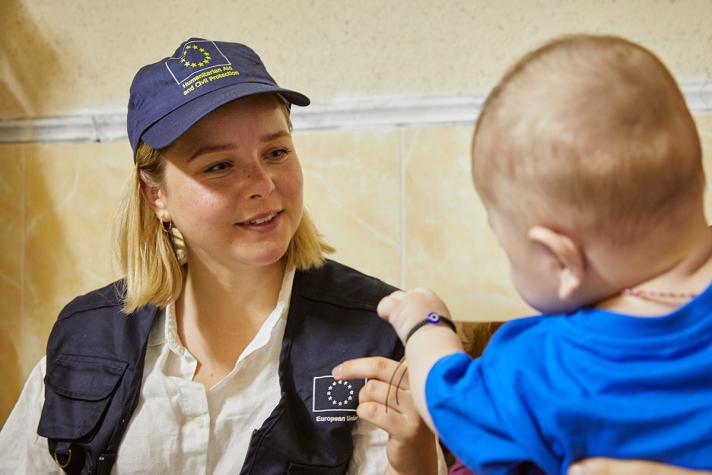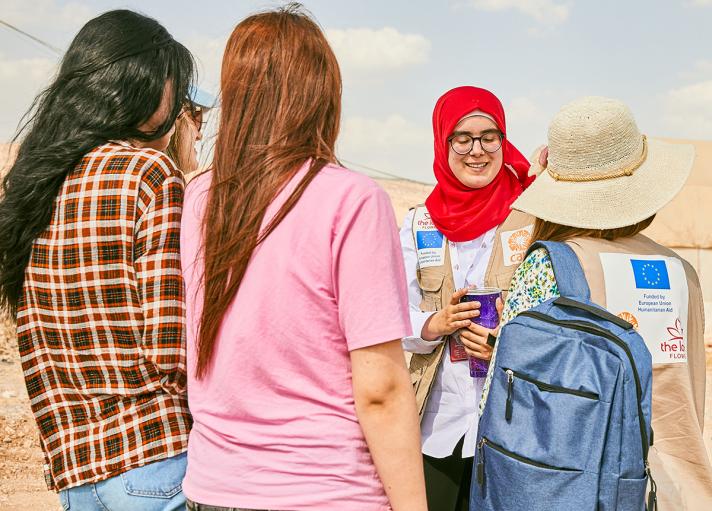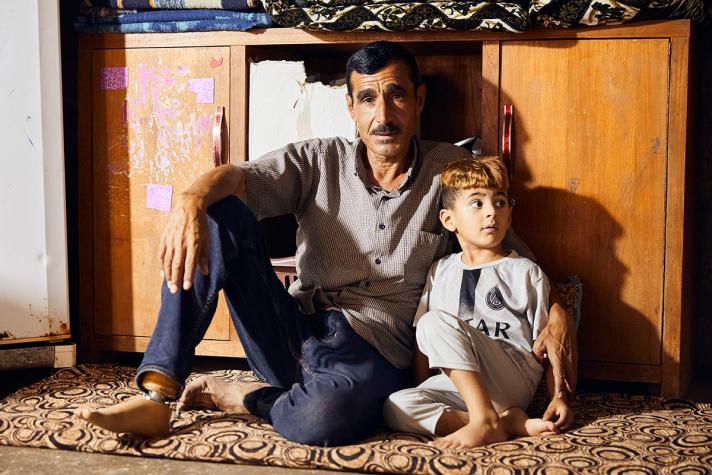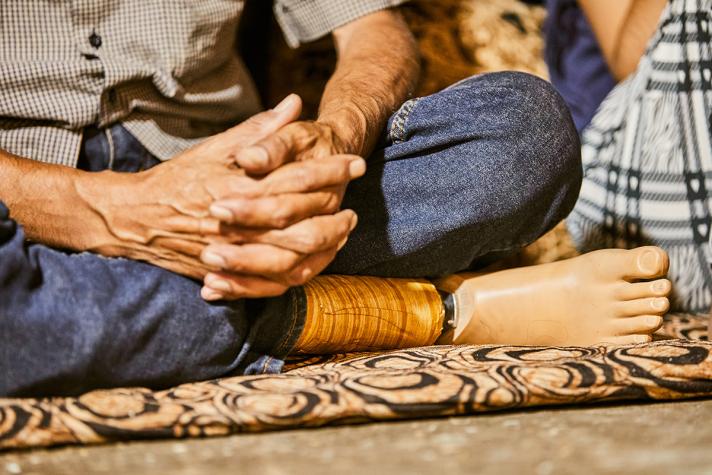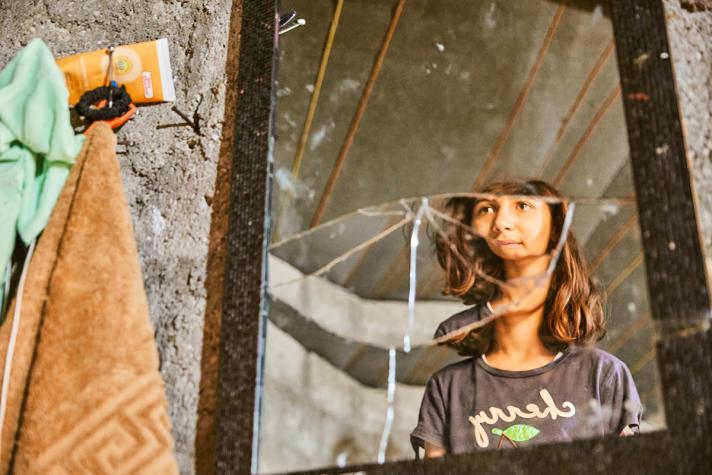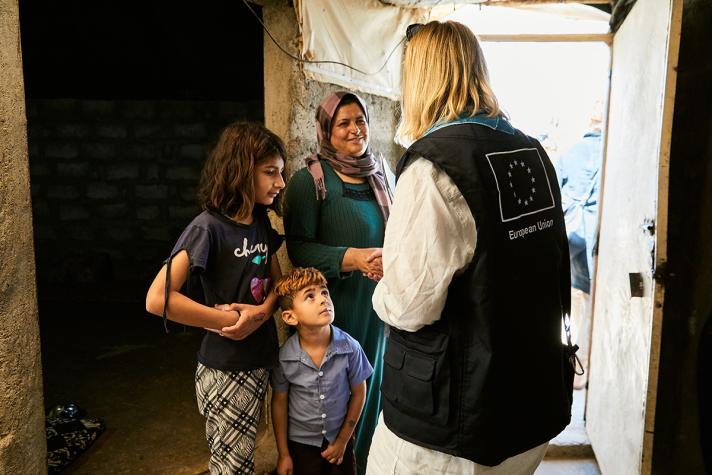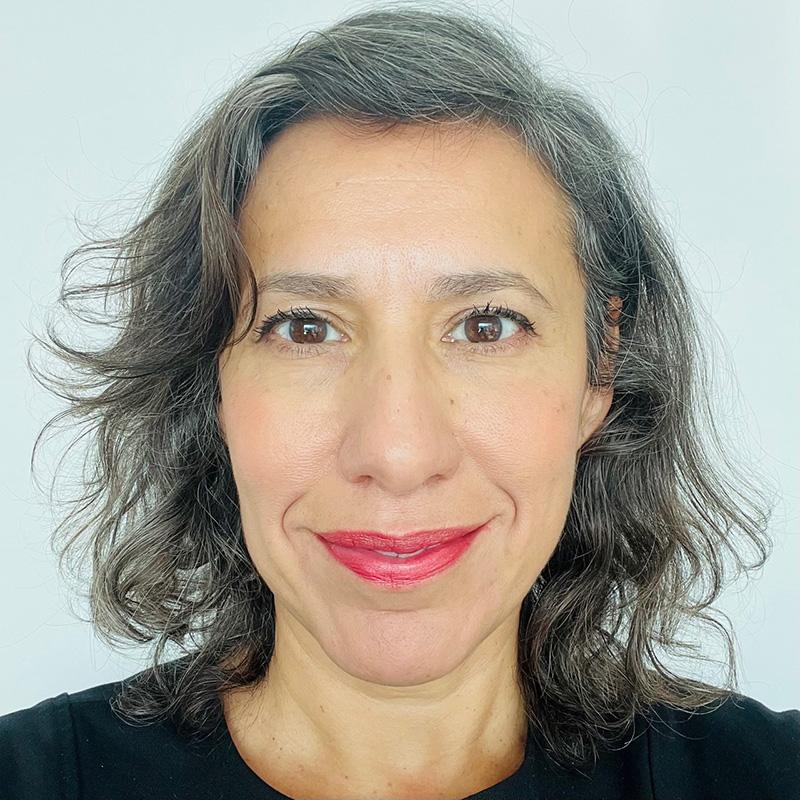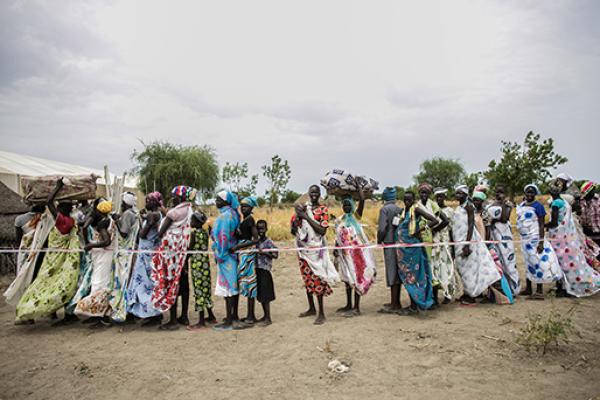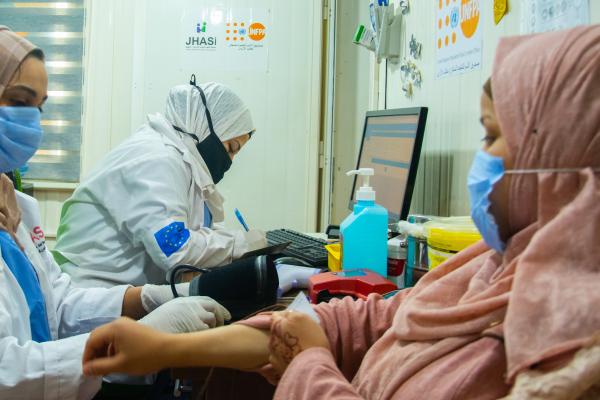Since the end of the conflict against the Islamic State in 2018, the humanitarian crisis in Iraq has evolved from an acute crisis to a protracted one.
The conflict forced 6 million people to leave their homes between 2014 and 2017. Although 5 million people have returned, some 1.2 million Iraqis remain uprooted.
About 400,000 Yazidis fled to the Kurdish region of Iraq after the assault of ISIS in 2014. Today, more than half remain displaced.
Many of them feel stuck between a rock and a hard place. Their communities were almost completely destroyed. They lost family members and friends, but also their homes and livelihoods.
As time passed, humanitarian assistance has decreased. Although administratively their situation has become more secure, and the EU has helped them recover their civil documentation, not all Yadizis have managed to rebuild their lives.


